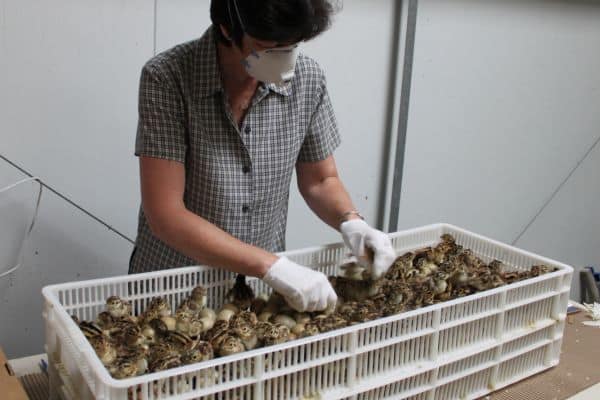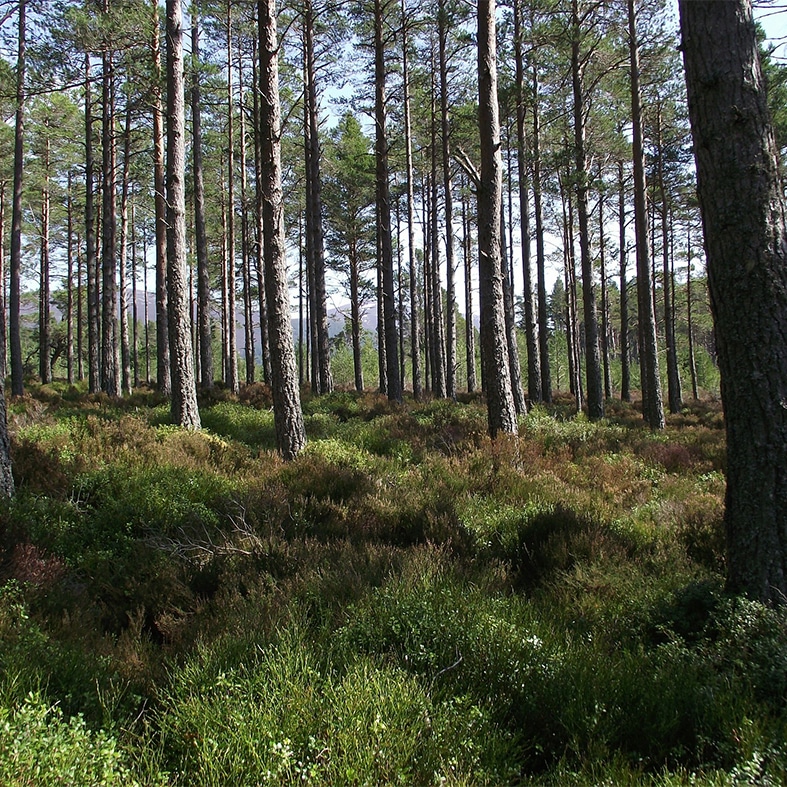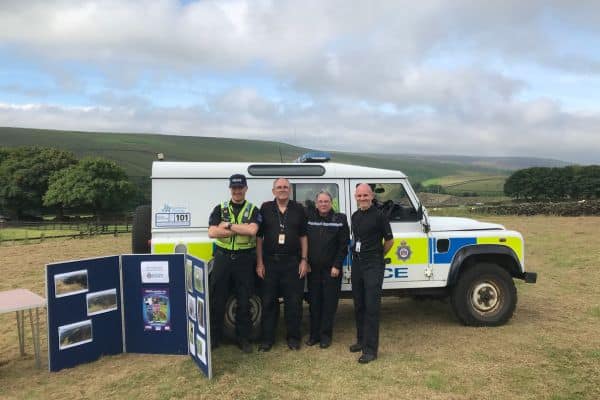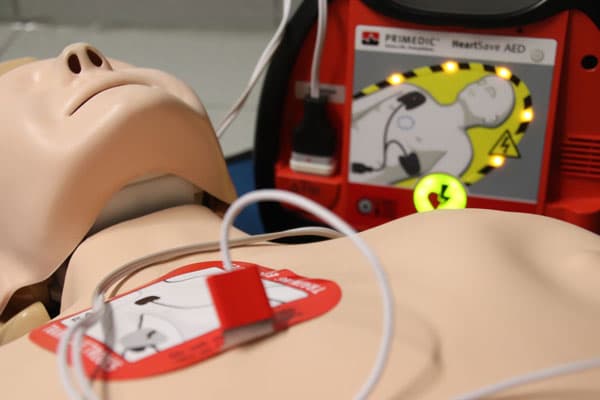
Poultry registration form guidance
It is now a legal requirement for all commercial premises with 50 or more poultry to register.
Get information on the legal shooting season for mammals and birds in the UK.
Learn about our current conservation projects and how you can get involved.
Comprehensive information and advice from our specialist firearms team.
Everything you need to know about shotgun, rifle and airgun ammunition.
Find our up-to-date information, advice and links to government resources.
Everything you need to know on firearms law and licensing.
All the latest news and advice on general licences and how they affect you.


Gamekeeping Land management Reducing herbivore damage in woodland
Healthy, resilient woodlands are vital for reducing the impact of climate change, supporting the recovery of nature and, of course, improving our wellbeing through spending time outdoors.
With government targets to increase woodland cover across the UK, an increased focus on the impacts of woodland herbivores may be needed to enable new woodland to establish, and to improve the condition of existing woodland for nature.
Woodlands in the UK are home to both native and invasive mammal species that can cause negative impacts to trees, woodland plants, and habitats for species including birds and insects.
The mammal species include deer, feral wild boar, squirrels, smaller mammals such as hares, rabbits and bank voles, as well as domestic stock such as sheep. Many of these species are part of a healthy woodland system and at the correct levels their impact can be tolerated.
However, a lack of natural predators means that several species are found at densities which lead to unacceptable damage for both commercial forestry and our native woodlands.
Managing woodland herbivores effectively can reduce damage levels, enhancing tree health and growth, as well as allowing natural woodland regeneration of trees and understorey vegetation.
Damage from herbivores can occur in woodlands of all ages, impacting the health and growth of trees as well as ground vegetation within and beside woodland. Damage can also reduce timber crop value due to abnormal growth patterns and poor timber quality.
Browsing (feeding on buds, shoots and foliage) by larger herbivores such as deer and sheep can prevent seedlings and young saplings from establishing or growing properly, as their leading stems and buds are removed.
Bark damage through stripping, fraying, gnawing and rubbing can be hugely detrimental to both young and mature stands of trees and can leave them more susceptible to pests, diseases and death.
Excessive rooting by boar or trampling by high densities of deer can also destroy ground cover and young plants, leading to bare soil or poor cover for gamebirds and wildlife.
Over time, intensive browsing can lead to woodland structure disappearing, along with the other species which depend on it such as songbirds, dormice and invertebrates.
Complete exclusion or removal of herbivores from woodland can be detrimental to the way the woodland works.
Herbivore management should rather aim to reduce damage to woodlands and ensure the
woodland ecosystem as a whole can function properly. The most effective ways to reduce damage will vary with woodland size and purpose, landowner preferences and the species causing damage.
Damage can be primarily reduced through fencing, the use of tree tubes and guards, and culling.
Fencing can reduce damage by larger herbivores to woodlands or sensitive areas. This can be used as a temporary measure to reduce damage, for example around newly planted trees for the first 5-10 years of growth or after coppicing.
It is an expensive solution and is not always successful, especially where small deer species are concerned.
However, it can be more economical to fence larger areas of newly planted trees rather than using tree guards.
In many instances, fencing is not a practical or financially feasible option and other methods must be used to reduce tree damage.
Fences can be quickly breached by deer which are then difficult to remove from within these enclosed areas.
Fencing may also increase deer pressure in unfenced areas by removing habitat and feed availability from the landscape.
Be aware of scheduled ancient monuments, and areas of archaeological interest when planning fences, the default option being to avoid them.
Smaller fenced areas, in conjunction with effective lethal control, can often be more effective than ring-fencing large areas.

It is now a legal requirement for all commercial premises with 50 or more poultry to register.

Gamekeepers and the shooting community are often those most affected by, or witness to, poaching and rural crime.

This course is both theory and practical based and is realistic and relevant, and aimed at the shooting community.
Sign up to our weekly newsletter and get all the latest updates straight to your inbox.
© 2023 British Association for Shooting and Conservation. Registered Office: Marford Mill, Rossett, Wrexham, LL12 0HL – Registered Society No: 28488R. BASC is a trading name of the British Association for Shooting and Conservation Limited which is authorised and regulated by the Financial Conduct Authority (FCA) under firm reference number 311937.
If you have any questions or complaints about your BASC membership insurance cover, please email us. More information about resolving complaints can be found on the FCA website or on the EU ODR platform.
This website uses cookies so that we can provide you with the best user experience possible. Cookie information is stored in your browser and performs functions such as recognising you when you return to our website and helping our team to understand which sections of the website you find most interesting and useful.
Strictly Necessary Cookie should be enabled at all times so that we can save your preferences for cookie settings.
If you disable this cookie, we will not be able to save your preferences. This means that every time you visit this website you will need to enable or disable cookies again.
This website uses Google Analytics to collect anonymous information such as the number of visitors to the site, and the most popular pages.
Keeping this cookie enabled helps us to improve our website.
Please enable Strictly Necessary Cookies first so that we can save your preferences!
More information about our Cookie Policy